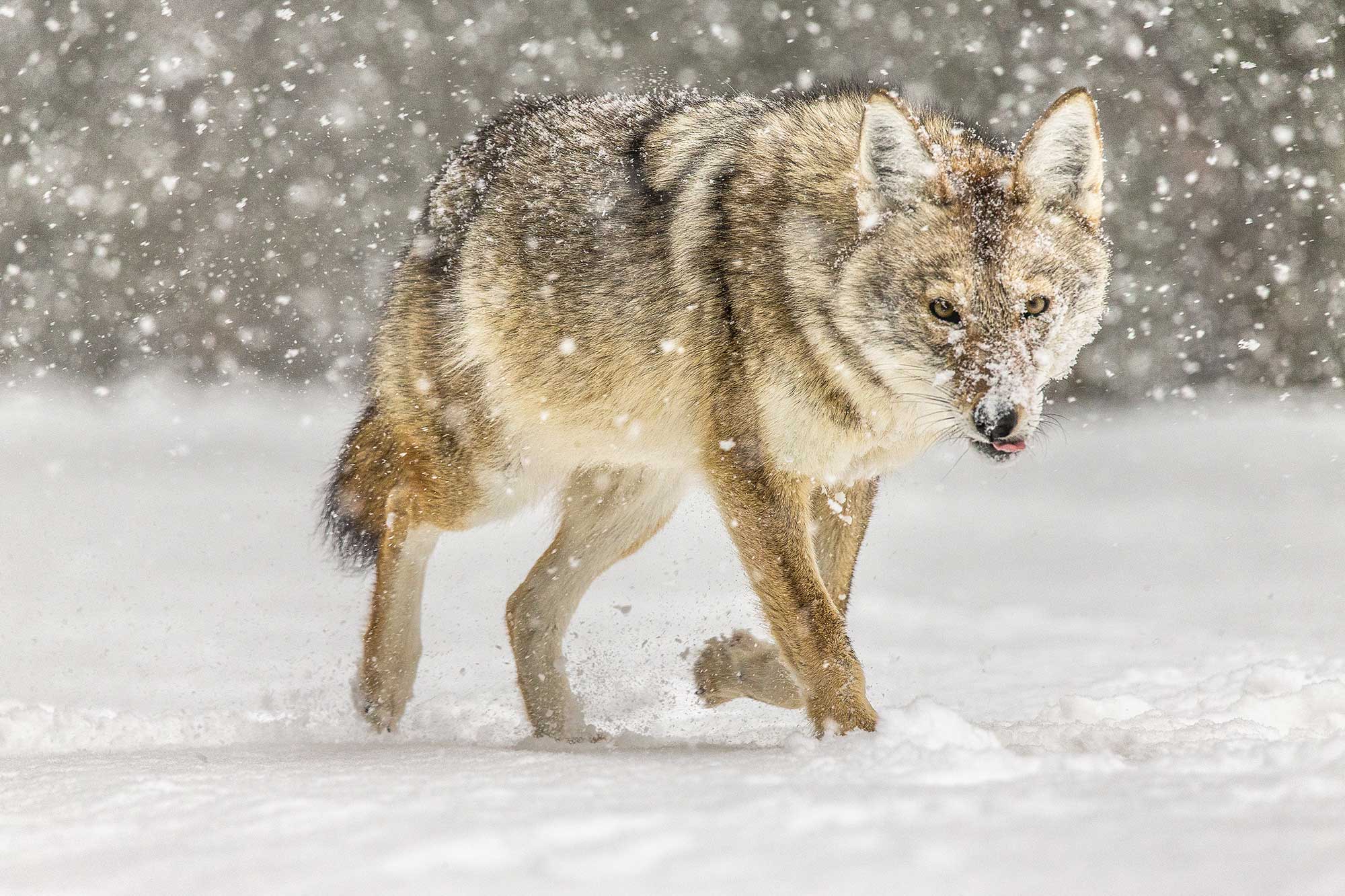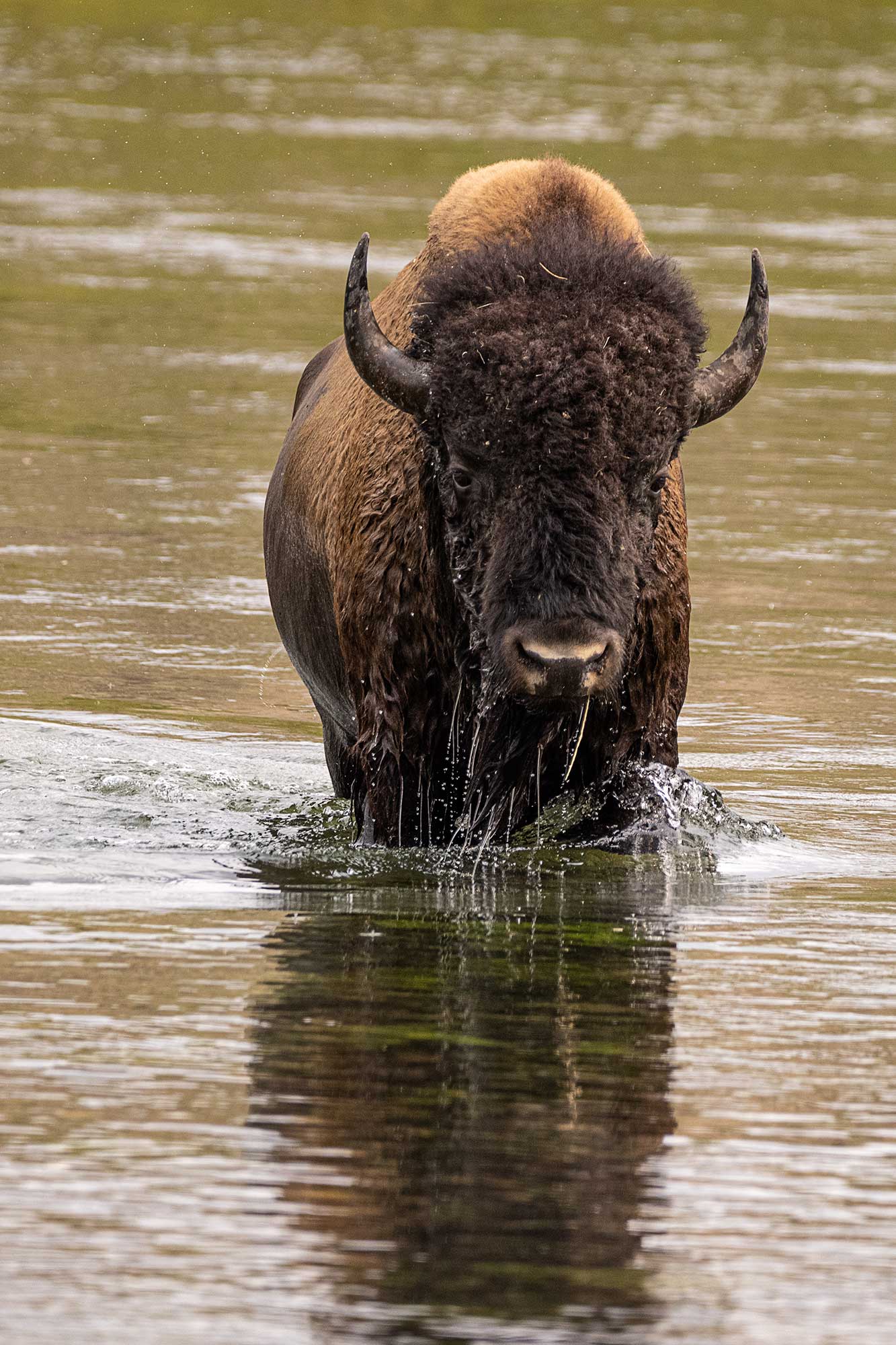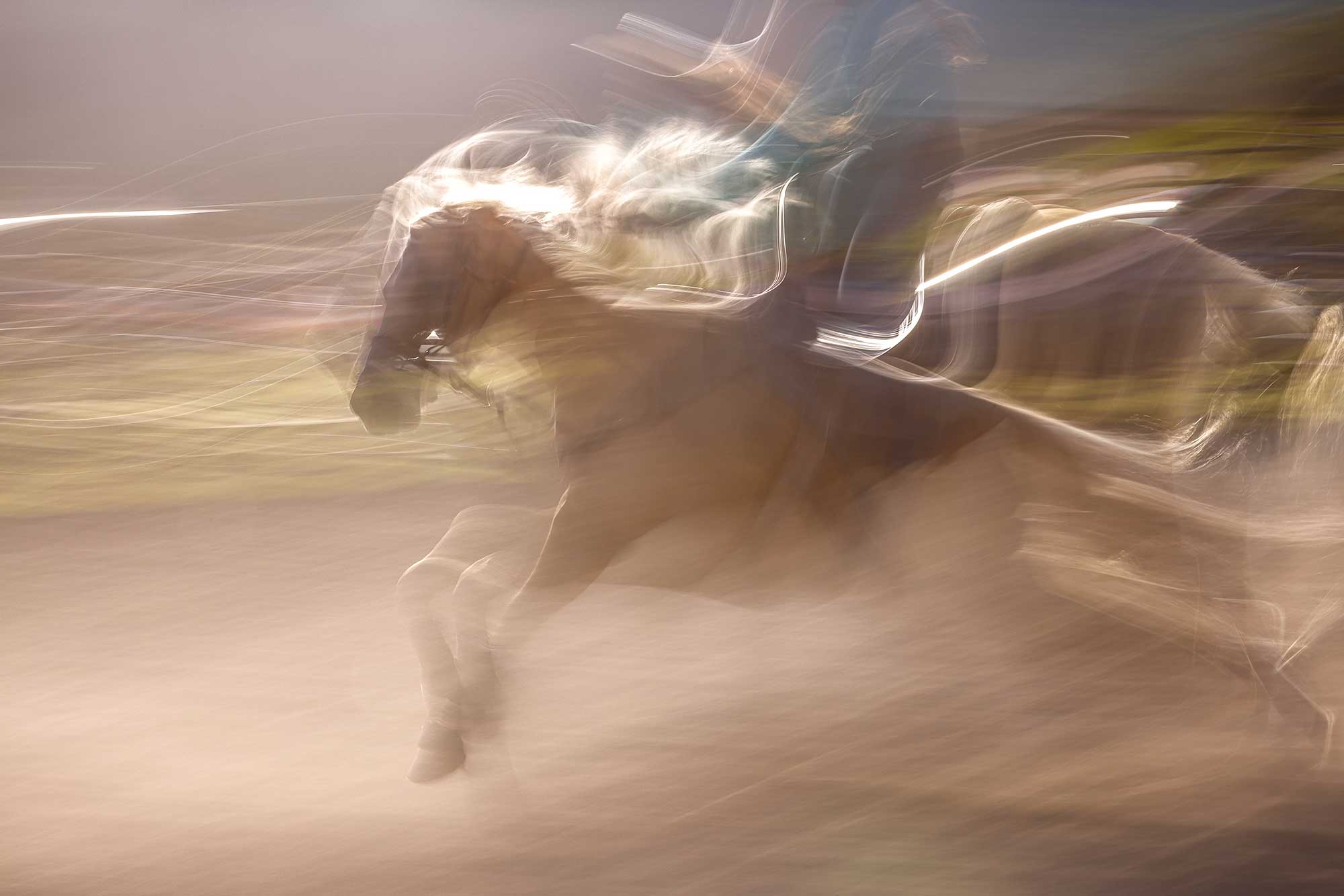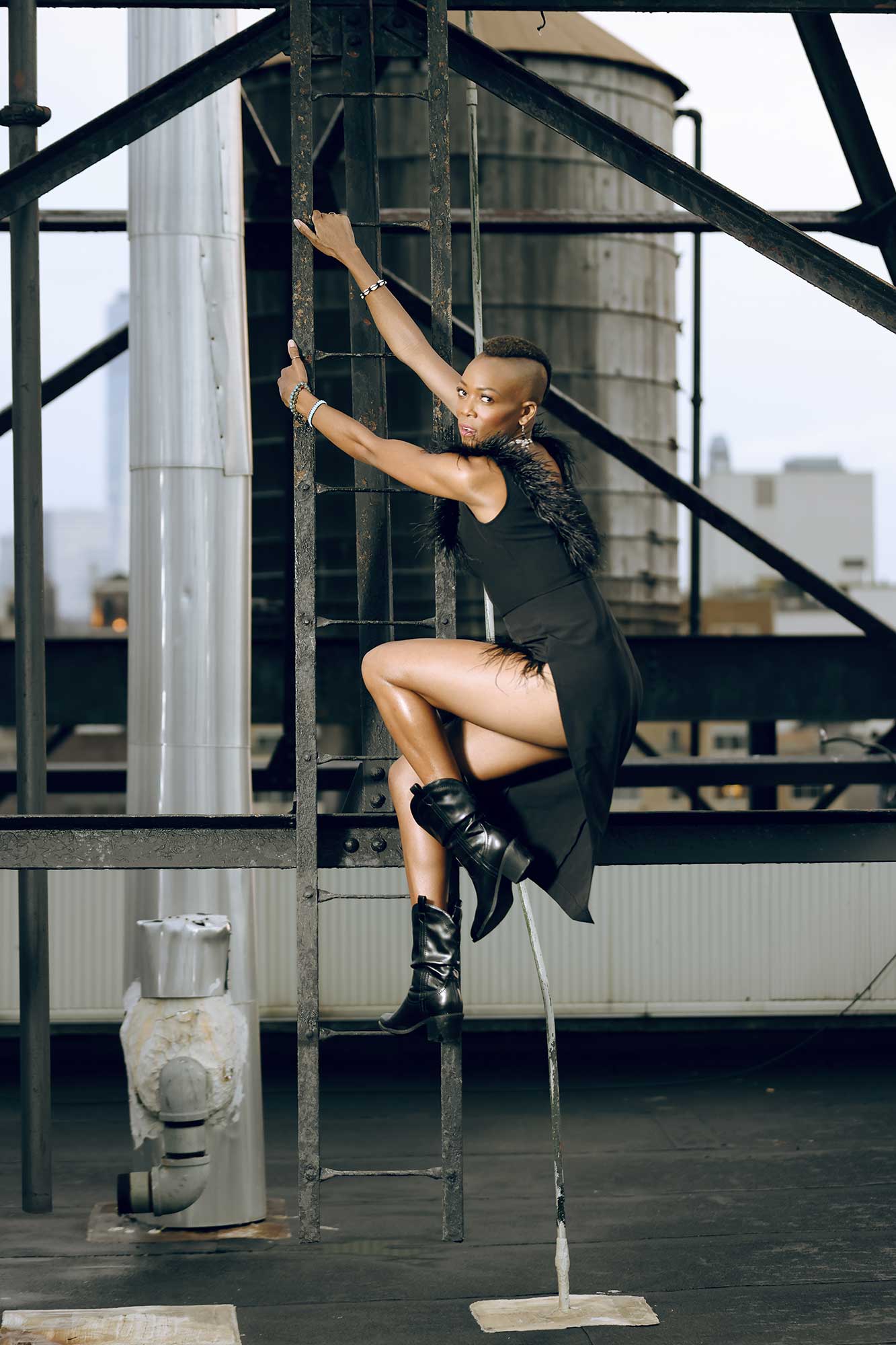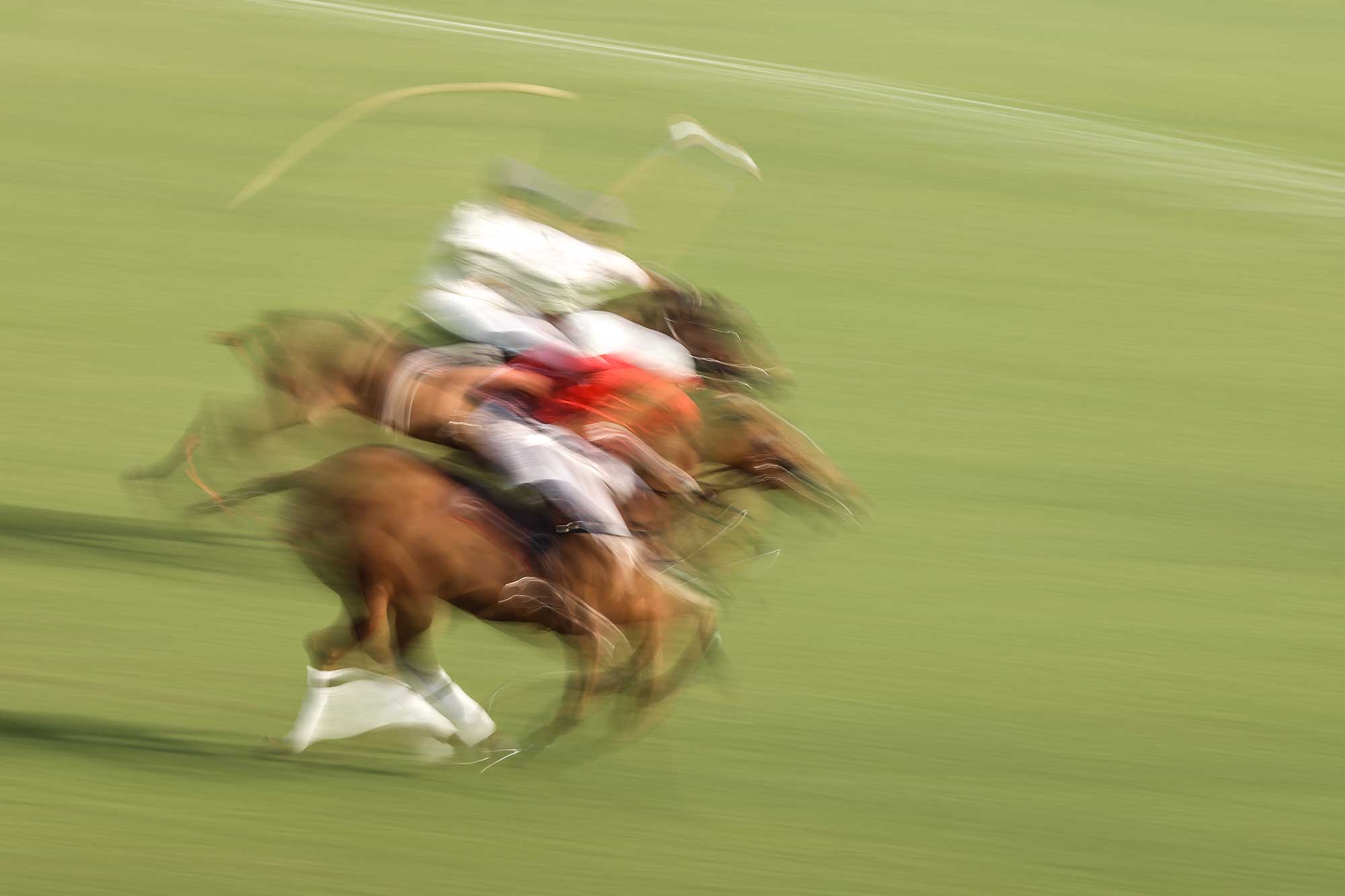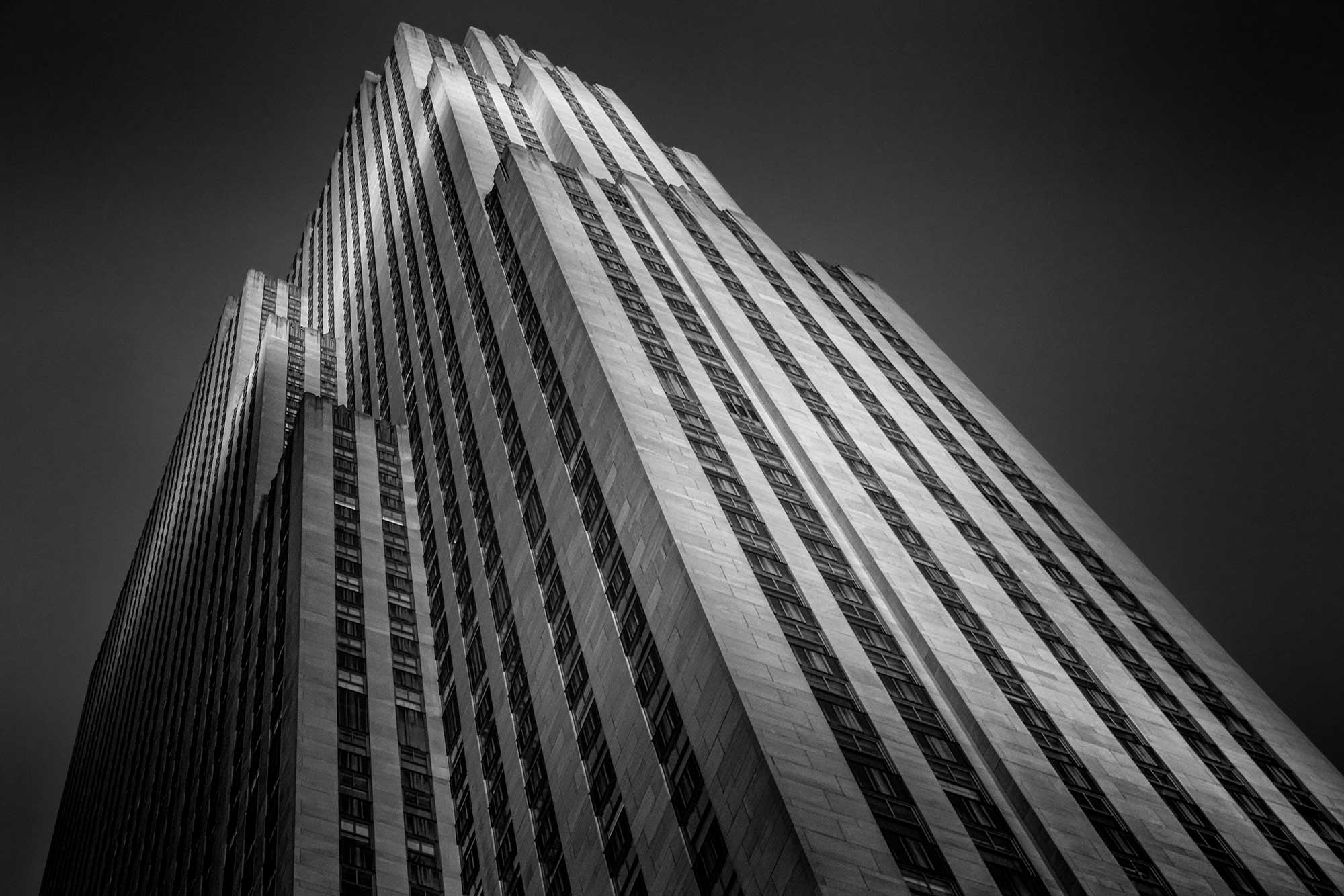Neil J. Tandy’s Photography Is A Meditation On Memory, Mood, & Meaning
It’s immediately clear: Tandy’s Long Island studio is a place where stories are told without a single word. He is a lifelong observer of people and light; it’s with a quiet precision of someone who sees what others miss. His world is one of vision and heart. “My photography is an ongoing exploration of emotion, memory, and the hidden stories that live within light and shadow,” he says. “Photography, for me, isn’t just about what’s seen—it’s about what the heart feels, what the eye can’t perceive.”
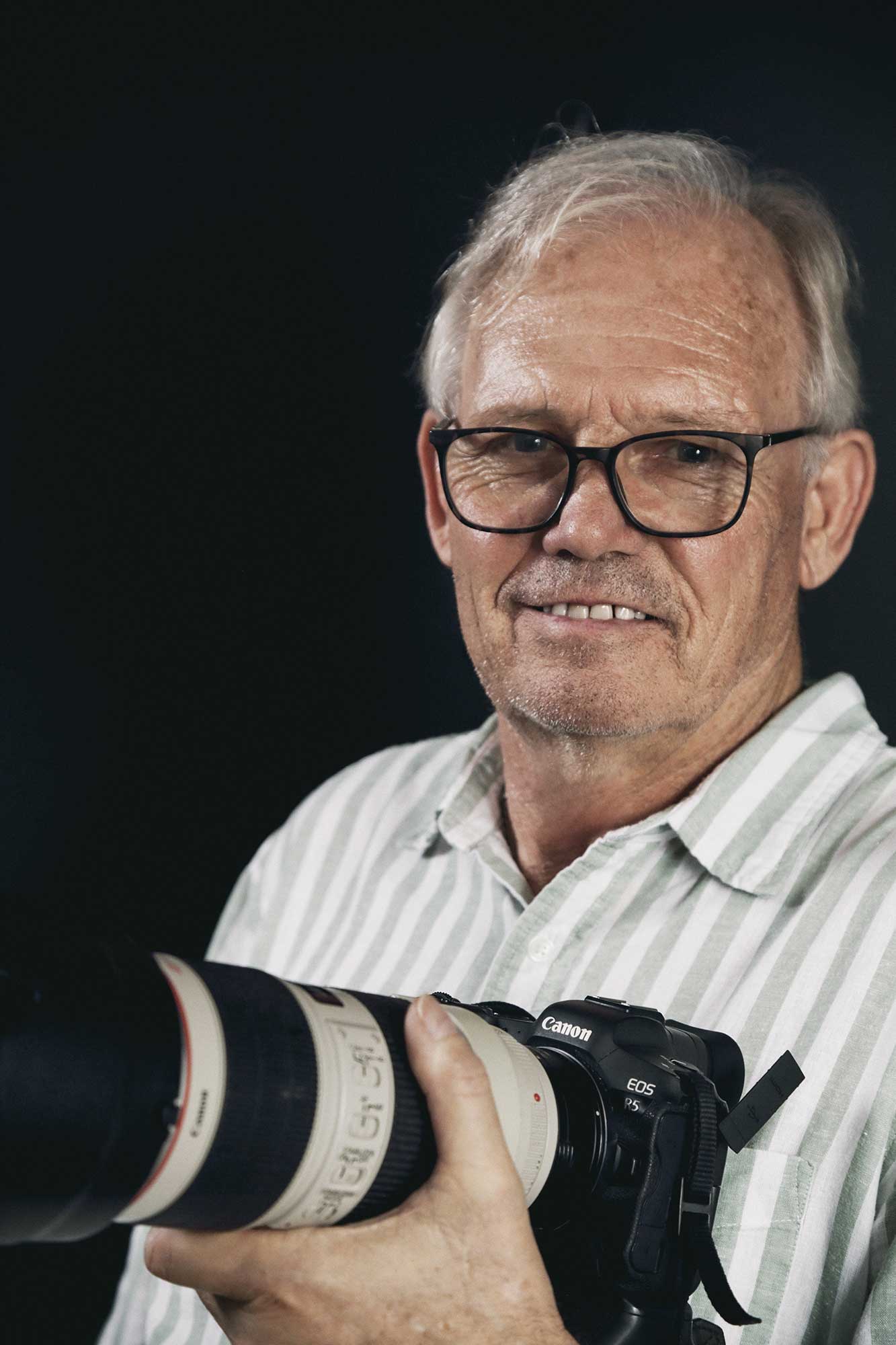
From Gloucestershire to the World
That emotional resonance defines Tandy’s style. Working primarily in fine art landscapes, abstract compositions, noir-inspired portraiture, and striking editorial work, he creates images that are less about spectacle and more about atmosphere. There’s a patience in his work. The moments he captures often feel suspended—where light, form, and feeling meet in quiet revelation.
Tandy’s journey began far from New York—in the rolling countryside of Gloucestershire, England, where he was born. His early years were shaped by the gentle drama of the English landscape, where he first developed an interest in photography at the age of 12. A pivotal move to South Africa after a stint in the Royal Navy exposed him to a more vivid, high-contrast world. It was there—surrounded by both natural beauty and complex human stories—that he discovered the real power of visual storytelling.
Since then, he’s quietly built a reputation among collectors, designers, and editors for his distinctive eye. His portraits are where his emotional and technical strengths truly converge. Tandy’s images are grounded in connection. He strives to make his subjects feel safe, seen, and real. His black-and-white portraits—often sculpted with dramatic studio lighting—have a vintage gravity that feels at once cinematic and timeless. He told us,
“Black and white photography strips away distractions, allowing the emotion of a photograph to be shown in its purest form. You’re left with form, light, and truth.”
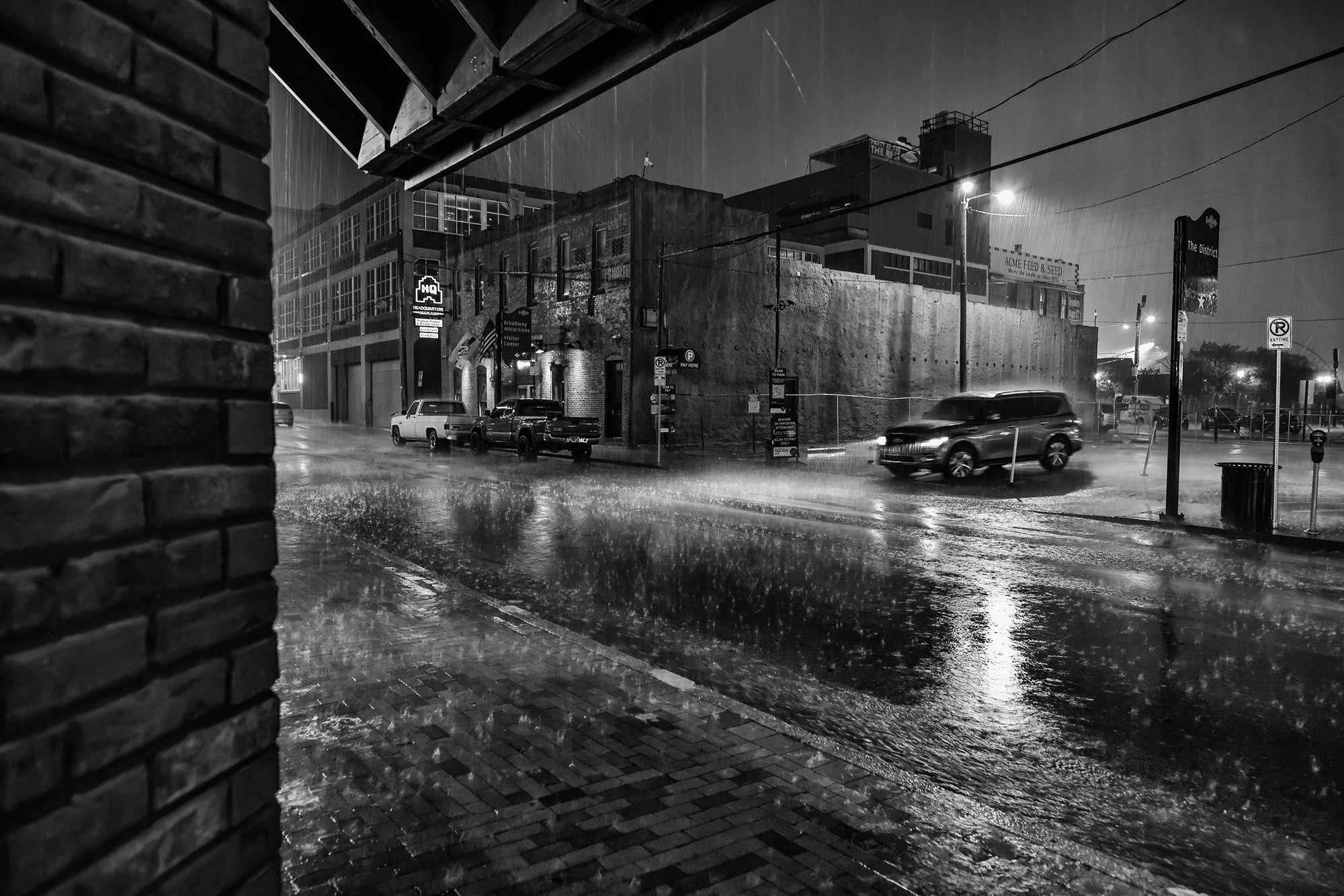
Through Stillness & Light
His portfolio spans everything from polished headshots to magazine covers and yet each image holds the same underlying intention: to create something that lingers.
In the studio, he controls light like a sculptor. Whether using his signature three-light setup to carve out texture or softer ambient techniques to suggest vulnerability, Tandy’s attention to detail never overpowers the subject. “I don’t want to force a story,” he says. “I want it to emerge naturally, to develop organically.”
Even in his more abstract or equestrian work—where motion, form, and environment take center stage—there’s always emotional intent. A windswept terrain becomes a metaphor for solitude. The arched neck of a horse in motion becomes a study in quiet power. These aren’t literal snapshots; they’re visual meditations.
Then there’s his nature photography. In Yellowstone, he returns again and again—not to document, but to commune. His images of the park—mist rising off a riverbank, a lone wolf emerging from the pines—are not trophies of the landscape. They’re love letters. His lens doesn’t conquer the wild; it listens to it.
From his peaceful studio on Long Island, Neil J. Tandy continues to do what he’s always done: make photographs that aren’t just beautiful, but meaningful, images that evolve with time, the kind of work you live with.
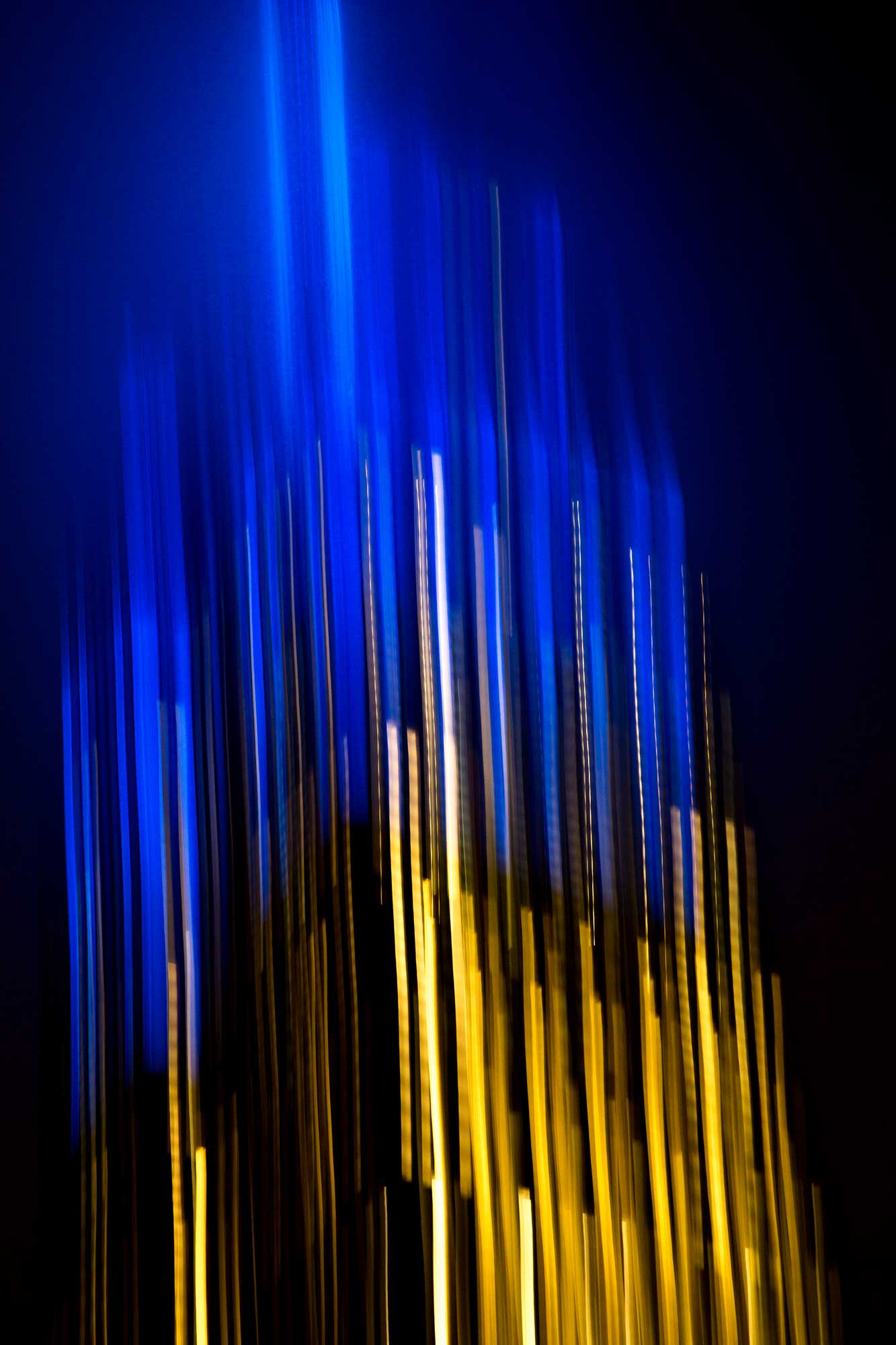
Neil J. Tandy: In His Own Words
In this conversation, we sit down with the photographer to learn more about his evolving body of work and what it means to make a good photograph in an age when everyone has a camera in their pocket. What emerges is a portrait of an artist guided not by ego or fashion but by feeling.
How did photography become your language?
My grandfather was a part-time wedding photographer, my dad always had a camera, so I think it was in my blood, even though I didn’t truly know that until my early twenties, when I got my first “real camera,” a 35mm Praktika.
You’ve photographed everything from fast-paced metropolitan streets to intimate portraits. What makes these photos breathe?
I seem to have an ability to somehow capture the pulse of a city in urban landscapes, to connect with nature, and to find a way to reveal inanimate objects as more than just that. I am able to have people in portraits reveal themselves to me, showing genuine emotion, especially in the studio, where it’s often just the two of us. I think overall, as clichéd as it may sound, my own feeling, my own heart is in every photograph, and that makes it real and alive.
Who has influenced your eye the most?
There is no one person, artist or photographer that has done that, but my influence is drawn from a mix of greats, including Avedon, Benson, Bailey, Lindbergh, Newton, Penn and Watson, but I see photographers on a daily basis whose work adds to my kaleidoscope of influence and inspiration.
What’s something you wish people understood about photography?
That it is so much more than pointing a camera at a subject and pressing the shutter button: so much goes into making a photograph, composition, light, asking questions of the viewer, telling a story, talent, but also years and years of practice and experience to bring it all together. I also wish that people would stop being influenced by social media definitions of beauty! What a photographer and a camera capture is often so different than our perceptions of ourselves.
What project are you most excited about right now?
A couple of things I am working on: I will be going to and doing a photo series that highlights the very real movement embracing more mature people in fashion and entertainment, showing people over 50 that they are still beautiful and of great value to society.
I am also working on a series of abstract fine art photographs, utilizing techniques I learned while shooting film over 40 years ago, and I am very excited about the photos I am able to produce. Of course, my fine art photography is an ongoing project, alongside photographing portraits and helping people feel great about themselves.
Finally, what advice would you give to a younger version of yourself just starting out with the camera?
To create photos for myself, I practice by taking photos at every opportunity, enjoying the process, and making progress. Never compromise my own style, always love creating, and never be afraid to experiment, don’t worry what anyone else thinks about the results, as long as I have remained true to myself. Don’t rush into making photography a career until I am certain that I can provide great results. This is really the path I have tried to follow as a photographer in the last several years.
